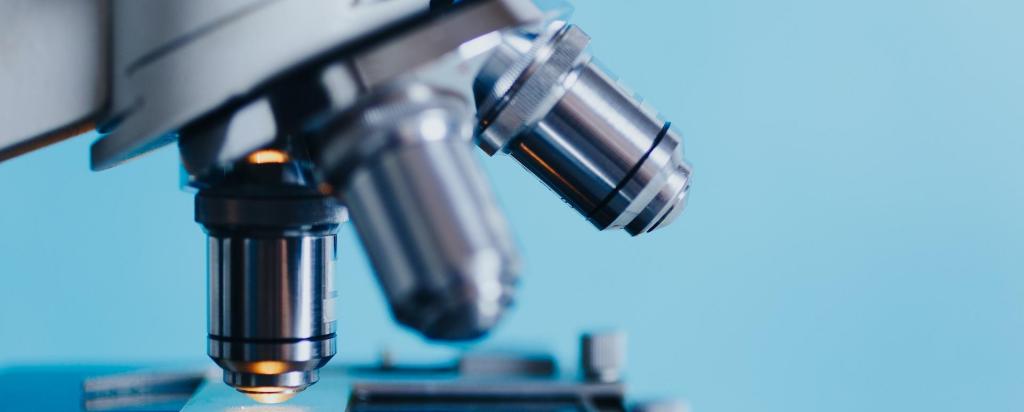
Showing 181 - 200 of 352 results
Distinguished researchers who use synchrotron techniques recognised

Information about ANSTO’s COVID-19 Rapid Antigen Test Program
Information about ANSTO’s COVID-19 Rapid Antigen Test Program
Synchrotron saved with half billion dollar funding stream

Anonymised Review
ANSTO has agreed to participate in an Australian trial of a review of research infrastructure access proposals in which applicants remain anonymous to aid the removal of structural barriers to the career progression of Women in STEM.
Strategic agreement signed with the University of Wollongong continues research collaborations
ANSTO continues a longstanding, mutually-beneficial research relationship with the University of Wollongong following the signing of a strategic agreement this week.
Scientists from Indonesia visiting
Oportunity to to gain expertise on neutron instruments
Australia amongst the world's best in the international nuclear arena
On the international stage amongst the leading nuclear nations of the world, Australians hold its own. This status has been earned by ANSTO’s seventy-year history of safe nuclear operations, the application of nuclear science and technology to benefit society and nuclear stewardship role in Australia.
Using the power of artificial intelligence to help detect disease
An international collaboration led by The University of Sydney and supported by ANSTO has developed an advanced, innovative artificial intelligence application that could be used to help examine tissue samples and identify signs of disease/

Beamtime Guide, Technical Info and Updates - MX1 & MX2
The Macromolecular Crystallography beamlines at the Australian Synchrotron (MX1 and MX2) are general purpose crystallography instruments for determining chemical and biological structures.
Excavation of dark matter lab completed
With all excavation completed and rock removed from the underground site, the physics lab will now be built within the caverns of the Stawell Mines site.
Top Coder winner announced
Padstow North and Caringbah North selected as winners of ANSTO's Top Coder competition.

Particle Induced X-ray Emission
Particle Induced X-ray Emission (PIXE) is a powerful and relatively simple analytical technique that can be used to identify and quantify trace elements typically ranging from aluminium to to uranium.
Distinguishing black carbon sources
MABI instrument can determine both the concentration and source of black carbon pollution in the atmosphere.
Carbon ion therapy research
ANSTO research focuses on an advanced form of cancer treatment under consideration in Australia.
Improving the radiation tolerance of microelectronics for space
A team of Melbourne researchers and international partners from Italian Instituto Nazionale de Fisica Nucleare (INFN) and CERN, who are developing radiation-hardened semiconductor chips, used the unique state-of-art high energy ion microprobe on the SIRIUS ion accelerator at ANSTO’s Centre for Accelerator Science to test a prototype radiation-resistant computer chip
Project to repatriate Australian radioactive waste from France
An investigation of residual stresses in insulated rail joints
nandin startup has its moonshot in sight
ANSTO supports global efforts to verify peaceful uses of nuclear technologies
ANSTO has a role in the global monitoring system on behalf of Australia to ensure non-proliferation of weapons and that nuclear technology is only used for peaceful purposes.